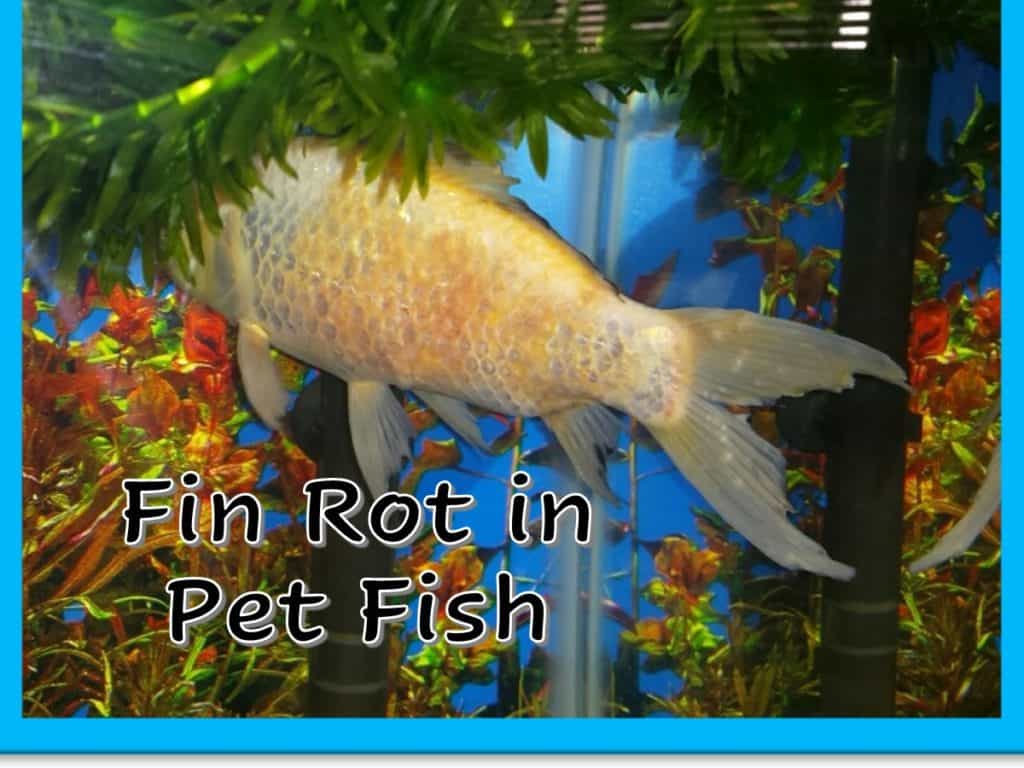One of the most common calls we get from our clients is for fish with “fin rot.” Fin rot in pet fish is easily confused with trauma and general illness, especially in fish with ornate tails, such as bettas and fancy goldfish. So what exactly is “fin rot,” and how can you differentiate between this and other common ailments?
What is “fin rot?”
Fin rot, clinically, is an active infection involving the fins of a fish. It may be any of the fish and may also include other areas of the skin. Sometimes, it can be a systemic infection throughout the fish’s body. All fish fins contain cartilaginous rays covered by a layer of skin and connected to the fish by a series of muscles responsible for moving the fins appropriately. Long, delicate fins, such as those on a betta and fancy goldfish, are hard to use for propulsion and move in general, and are often subject to trauma.
True fin rot usually starts as a traumatic wound that becomes infected. You may see the original injury or it may be a raised pink/white/red spot on your fish’s fin. Since fish live in a toilet, it is very easy for bacteria to get in and cause a localized infection. Given that fin tissue is very delicate with little blood circulation, it is not uncommon for the infection to spread. Thankfully, your fish’s immune system will keep it from getting into the a main body, provided your fish’s immune system is up to scratch. As they start to heal, you will see newly formed white or translucent skin, which can also be mistaken for fin rot.
How do I treat “fin rot?”
Your fish’s immune system is critical to keeping your fish healthy. This means and appropriate environment, with good water quality, and a healthy diet. Once the localized infection is cleared, your fish’s fin will start to regrow. You may see clear or white tissue around the tail. This is new skin growth and completely normal. Red tissue is a sign of a continued infection. Antibiotic treatment is rarely recommended for fin rot since it is hard to deliver immune factors to the end of the fins. A water-based treatment will wipe out your biologic filtration and isn’t suggested for such a simple issue. Improving your fish’s environment is the best treatment for fin rot. Persistent infectious requiring veterinary care may involve antibiotic injections with cleaning or trimming of the infected area.
How do I prevent “fin rot?”
With fin rot, it is critical you locate the site of the original trauma. Planted tanks are very nice, but even the softest roots can snag fins. Trim your plants regularly to keep your fish safe. We recommend using “betta”-specific decor for fish with long, delicate fins. Since bettas like to take longer rest periods, make sure they have a safe, smooth place to hang out.
So, take a close look at your fish with “fin rot.” Is it red and actively infected? Yes – check your water chemistry and take a good look at your fish’s environment and diet. It may seem simple, but these are the most critical factors at preventing proper healing in fish. If your water quality, diet and environment check out, contact your local aquatic veterinarian for additional treatment. Not red? Congratulations! It is not fin rot. Most likely a healing traumatic wound, but give your water chemistry, diet and environment a quick check anyway.


interesting reading that could be beneficial to novice aquarist
Pingback: 5 señales claras de que tu Pleco está muriendo